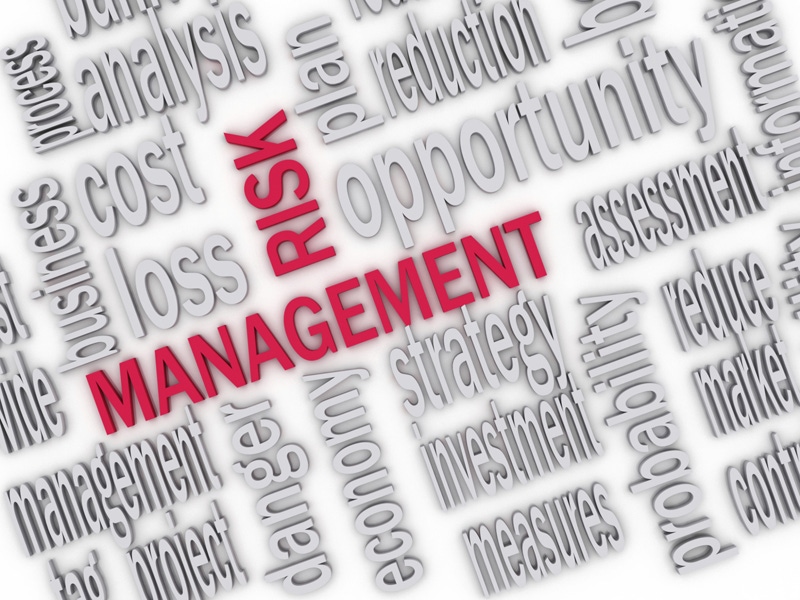
On a recent webcast for lenders, I hosted over 1,000 participants. Only once have I had such a large webcast audience. I believe this is a positive result of changing times and transitions. On this well-attended webcast, one of the participants asked me an interesting question about risk management. He wanted to know the most successful risk management tools I have seen farmers utilize in the last 12 months and why those tools were used.
Well, the second part of his question is the easiest. With suppressed commodity prices and slowly adjusting costs, risk management is a vital practice for a sustainable operation. However, risk management is not merely a tool; it is a strategy. First, good risk management should be a number of strategies implemented in various combinations to mitigate risk for specific business needs. Often, a business manager imagines one silver bullet that will magically address all needs in the operation. Unfortunately, there is no single tool that effective. Just as each business situation is unique, a good risk management strategy looks different depending on the business situation. Because of so many potential risk factors, effective risk management must combine specific tactics in a detailed manner.
For example, many producers utilize crop insurance or whole farm revenue protection programs as a means of mitigating risk. Others use well-structured risk management programs including options or hedging, customized to the risk profile of each producer and the business needs. Both of these strategies can be effective, yet are highly customized and vary depending on the situation.
Another method of risk management is self-insurance or the use of working capital reserves. Adequate working capital is a necessity; especially, in an economic downturn. Integrating a marketing risk management program into this financial metric affords you a revenue safety net for crops in the bin as well as crops in the field. The ability to create a revenue floor preserves working capital and is accomplished by utilizing a combination of risk management options.
Other producers utilize diversification as a means of successful risk management. Appropriately, the recent great commodity super cycle encouraged growth and specialization in business operations. Now, on the downside of the economic cycle, diversification and moderation in growth are prudent risk management tools.
Finally, a good team of advisors, including your lender, marketing specialist and operation advisors has never been more important. Often, these individuals can offer a valuable, outside perspective on your business. Be careful not to allow vanity to prevent you from using these outside sources to their full potential. Knowing your business, they can help identify needs as well as possible risk management options.
In answer to the lender’s question, there is no wonder tool that effectively and thoroughly mitigates business risk. Thankfully, there are several tools from which to choose when evaluating your risk management needs. Use the resources available to you to select the most effective combination to best protect your business and safeguard success.
About the Author(s)
You May Also Like






